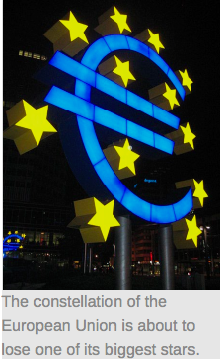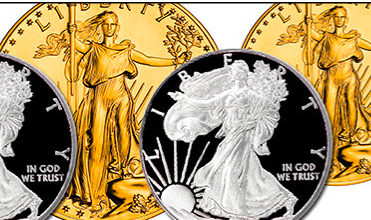The Six Loads of Ammunition for your 357 revolver are:
#1: Central banks and commercial banks exert a huge influence over all aspects of our financial lives. Paper currencies issued by central banks, digital currency units, credit card debt, pension funds, retirement accounts, checking accounts, Quantitative Easing, bond monetization, congress, regulators, Presidents, and the list goes on. Their game, their rules, your losses, and more of the same.
#2: Derivatives are used to “manage” markets, exercise control via futures markets over prices for physical and paper assets, increase leverage and enhance profits for the banks. Each derivative includes a commission – it is not a “zero-sum” game. Banks and CEO bonuses win.
#3: Debt, debt, and much more debt. Deficit spending increases debt, and governments run deficits. Interest is paid by individuals, corporations, and governments. Global debt of $200 trillion will require inflation, hyper-inflation or default. How long can government expenditures increase much more rapidly than revenues? Answer: As long as our current “Ponzi” finance can continue. How long can a Ponzi scheme last? Answer: Not forever. A default or hyper-inflation will occur, sooner rather than later. Fiat currencies will devalue.
#4: Near zero interest rates, negative interest rates, and financial repression. If central banks lower the interest paid on bonds and investments, pension plans and savers are penalized. Debtors, including governments, banks, and large corporations benefit. Your government plan and corporate pension plan are increasingly insolvent. Interest earnings are nearly zero. “High yield” checking accounts pay 0.01% interest. Your savings are depleted, and you may outlive your retirement assets. Welcome to the world of NIRP, ZIRP and financial repression that transfers assets and revenue from you to the banks, courtesy of central bank policies.
#5: High Frequency Trading or HFT is legalized skimming. Ultra-fast computers, PhD mathematics and software have replaced human traders. The result is consistent and profitable trading for the big financial institutions. Per zerohedgeJP Morgan’s in-house trading group has been unprofitable on only two days in the past four years. Average trading revenues were $80 million per day for 2016. Someone contributed heavily to the JP Morgan casino winnings.
#6: Too Big To Fail, Too Big To Jail. If central banks and the five largest commercial banks contribute to congressional elections, and Presidents fill their key positions with executives from the financial industries, and regulators work for them, what is the likely result? If a few large commercial banks are too big to fail, the government and taxpayers must … and you know the drill. More debt, more influence, more derivatives, and a successful business model that benefits the wealthy far more than the middle class.
Review:
Your revolver is loaded with six rounds of ammunition, any of which can blast a hole in your net worth and financial security. The central bank loads are:
- Their rules, their game.
- Derivatives.
- Debt, lots of unpayable debt.
- Near zero interest paid on your savings as currencies are devalued.
- HFT skims from many markets for banker profits.
- Too big to fail. Bail-outs, bail-ins, taxpayer assistance, and bonus checks. (Google “bail-ins.”)
One, two, three … pull the trigger!
ALTERNATE CHOICES:
Instead of playing a guaranteed to fail game of Russian roulette with your financial security, consider a return to the basics:
- Use real money – gold and silver – for your savings.
- Gold has no counter-party risk. Silver has no counter-party risk. Most or all “paper” and debt based assets depend upon counter-parties.
- Minimize debt and reduce your “debt footprint.”
- Reconsider your investments in bonds, stocks, ever-increasing debt, devaluing currency units, minimal interest paid on savings, counter-party risk and trust in your friendly central bankers.
CONCLUSIONS:
- Be cautious when playing Central Banker Russian Roulette with your savings and retirement funds. The stock market crash of 1987, the LTCM crash of 1998, the NASDAQ crash of 2000, and the global financial crisis of 2008 warned us about counter-party risk, excess debt and trusting Wall Street.
- Trust gold and silver more, and use fewer paper investments.
Read: “Banks” from Peak Prosperity
Gary Christenson
The Deviant Investor






 It’s been nine months since Britain stunned the world by voting to leave the European Union.
It’s been nine months since Britain stunned the world by voting to leave the European Union. Grab your ultra-reliable 357 magnum revolver and load the cylinder with six, not one, rounds of ammunition. Point the gun at your head if you are a member of the struggling middle-class. Imagine pulling the trigger and hoping …
Grab your ultra-reliable 357 magnum revolver and load the cylinder with six, not one, rounds of ammunition. Point the gun at your head if you are a member of the struggling middle-class. Imagine pulling the trigger and hoping …
 How’d we get here?
How’d we get here?









